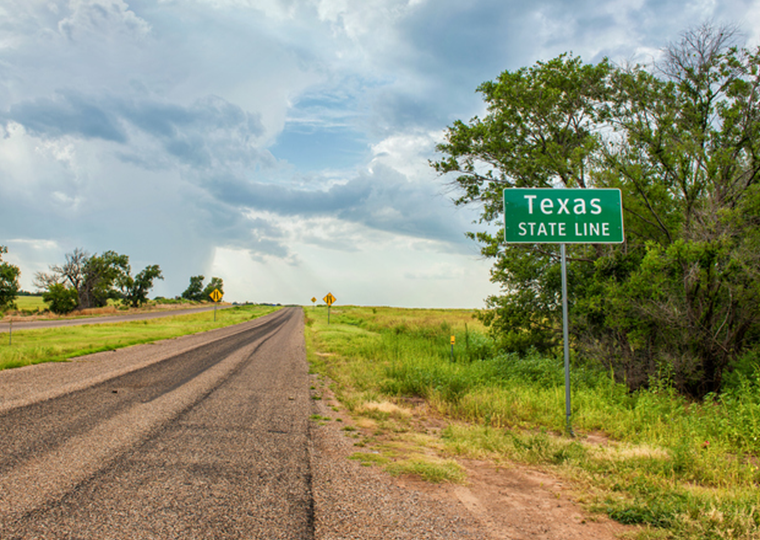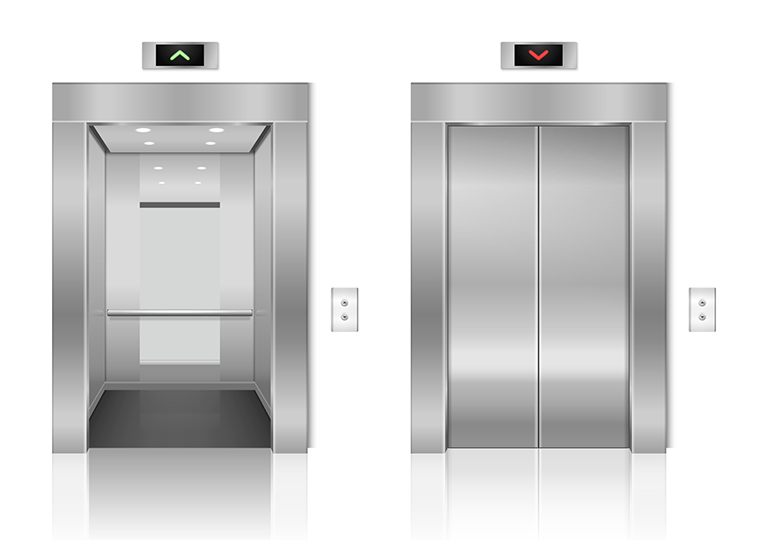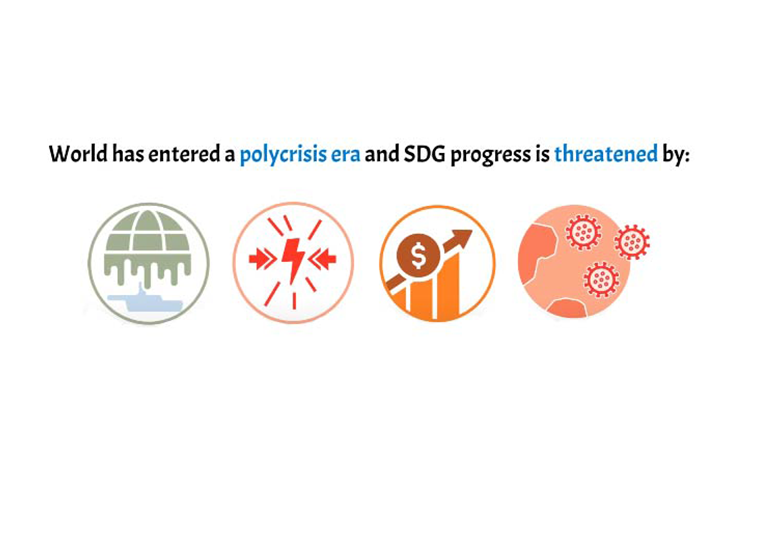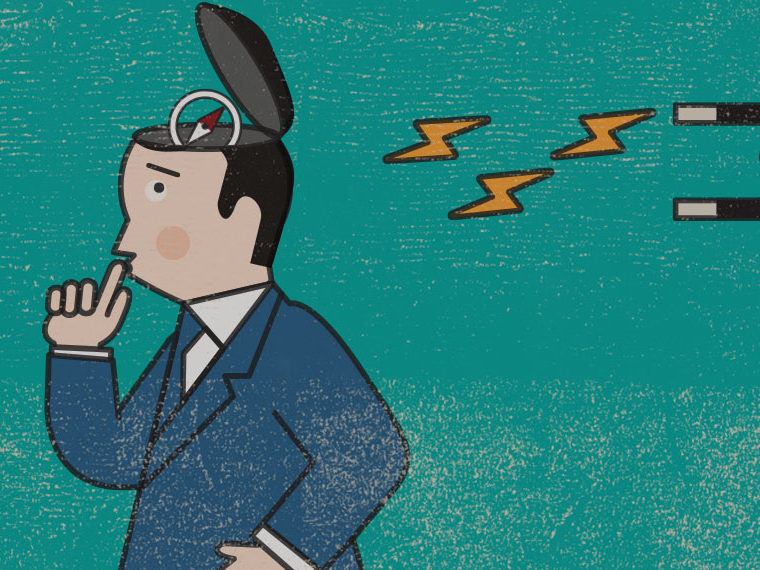2016 vote shares for Trump and Sanders point to a mix of negative emotions
Donald Trump’s 2016 presidential victory and his continued hold on the Republican party is Exhibit A of populism’s recent rise in the United States. Populism has also recently captivated a sizable portion of the Democratic Party. In that same 2016 election cycle, Hillary Clinton had to overcome a robust challenge from the populist campaign of Bernie Sanders to become the Democrat’s presidential candidate. And Sanders was again a formidable candidate in 2020 before Joe Biden emerged from a crowded primary field.
The newfound viability of a people-vs.-the-elites politics has focused research on what is fueling the rise in American populism.
To date, anger is frequently put forth by social scientists and professional pundits as the motivating factor behind populism’s growing appeal. The simple and seemingly logical narrative is that large swaths wield their vote as an opportunity to strike out against people or policies they feel most aggrieved by, often egged on by candidates who play off of and into that anger.
Opt In to the Review Monthly Email Update.
A working paper by Duke’s Omer Ali, Southern Methodist University’s Klaus Desmet and UCLA Anderson’s Romain Wacziarg pushes back on that simple explanation, suggesting that anger is but one ingredient in a stew of negative emotions that could be driving the rise in U.S. populism.
Overlaying a deep dataset of American’s self-reported daily emotions on county level 2016 presidential voting patterns, the researchers find that while anger is indeed at play in counties with a high populist vote count, it can’t be teased apart from other factors including a low sense of well-being and negative emotions such as stress, worry and sadness.
“Low subjective well-being and negative emotions in general drive populism, rather than anger in particular. This comes as a surprise in light of the growing discourse linking ‘American rage’ and populism,” they write in a paper published by the National Bureau of Economic Research.
Anger Is a Special Emotion
The conventional wisdom that populism — domestic and global — is driven by anger emanates from a wealth of research on the emotion’s unique attributes. More than emotions such as worry and sadness, anger incites a desire to blame and distrust others. Anger also imbues a belief that acting out will deliver a desired outcome. And once expressed, anger sets off a doom loop of sorts, as it makes angry people more open to anger-based arguments and less interested in facts and details that may push back against an embraced narrative.
The Gallup Daily poll conducted between January 2008 and January 2017 explicitly asked participants whether they spent much of the prior day feeling angry. The more than 3.5 million data points from that survey enable Ali, Desmet and Wacziarg to build a county-level anger map of the U.S. Though the average prevalence of angry people remained steady at around 12% in both 2008 and 2016, the darker red sprinkled throughout the map below pinpoints areas with an angrier population. Counties in the 90th percentile had an average of 15% of residents reporting anger, which was double the anger level for counties in the 10th percentile.
For all the heterogeneity in the map, Ali, Desmet and Wacziarg note that the three angriest counties — McDowell (West Virginia), Buchanan (Virginia) and Harlan (Kentucky) — are Appalachian regions that are among the poorest in the U.S. The least angry counties — Emmet County (Iowa), Kane County (Utah) and Cottonwood County (Minnesota) — also lean rural but aren’t as economically stressed.
And they indeed confirm that anger seems to correlate to an increased populist vote. A 10 percentage point difference in reported anger across counties was associated with a Trump share of the primary vote in 2016 that was 1.07 percentage points higher, and a Sanders vote share that was 1.8 percentage points higher. In the 2016 presidential general election, the same difference in anger across counties translated into an additional 2.43 percentage points for Trump’s vote share.
Feeling Other Emotions?
The 2008-2017 Gallup Daily poll also recorded participant’s self-reported sense of other negative and positive emotions, and had them rate their overall sense of life well-being on a scale of 1 to 10. Ali, Desmet and Wacziarg essentially pull anger out of isolation and view it alongside these additional emotional data points. And that’s when the simple explanation that anger drives populism seems to unravel a bit.
The researchers establish that the singular rubric of “negative emotions” is a mix of specific emotions that can manifest independently. For instance, more than 1 in 5 of participants who reported spending a good part of the prior day in a state of worry did not also report that they were angry. And about one-third of people who said they were angry did not say they also experienced worry. Moreover, among those who copped to anger, about 25% said they were also happy the same day.
The Gallup survey also had participants rate their level of life satisfaction on a scale of 1 to 10. While those who reported feeling angry tended to also report lower levels of satisfaction than the non-angry, the researchers note that nearly half of angry people seemed to be fairly satisfied with how their life was going, giving a score of at least 7.
That we experience specific negative emotions independently of other negative emotions led to the question of how emotions other than anger might correlate with populist voting patterns. When Ali, Desmet and Wacziarg re-ran their analysis factoring in other negative emotions (they used an average for stress, worry and sadness) they found that anger no longer stood out as a defining driver of populism. Their results suggest that anger is just one ingredient in the stew of negative emotions and poor life satisfaction that together fuel populist sentiments.
“In contrast to fear, shame or sadness, anger tends to be directed at a particular individual or group, and hence acts as a call to action against that specific target,” they write. “While this makes anger a particularly likely driver of the populist vote share, we find instead that populist candidates have stronger appeal in locations where there is a general sense of gloom.”
Featured Faculty
-
Romain Wacziarg
Professor of Economics; Hans Hufschmid Chair in Management
About the Research
Ali, O., Desmet, K., & Wacziarg, R. (2023). Does Anger Drive Populism? (No. w31383). National Bureau of Economic Research.





